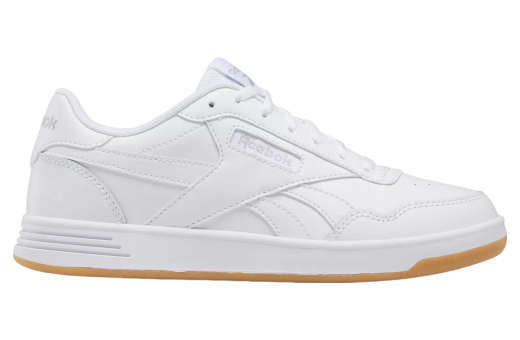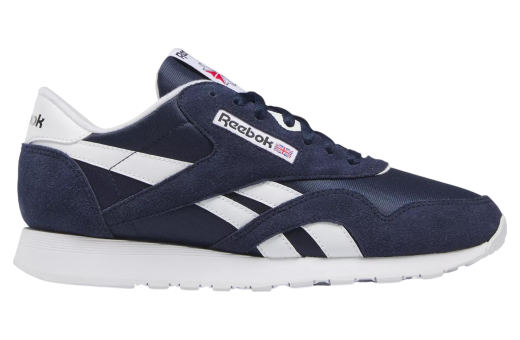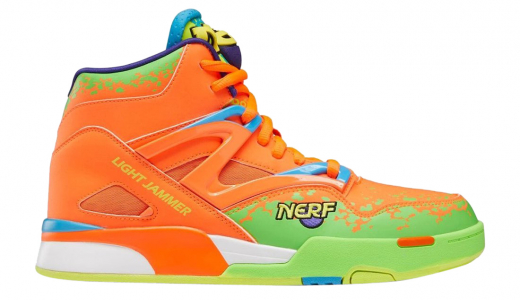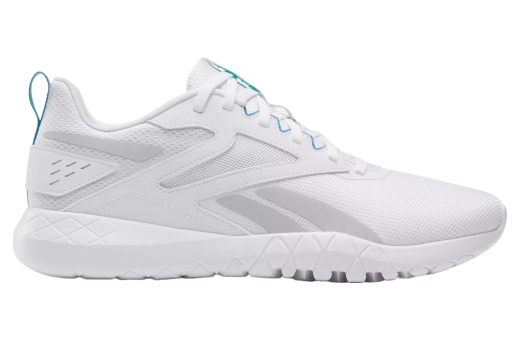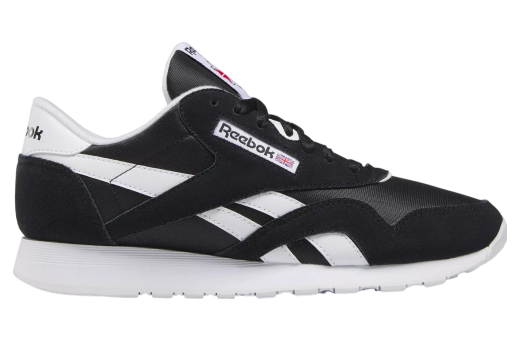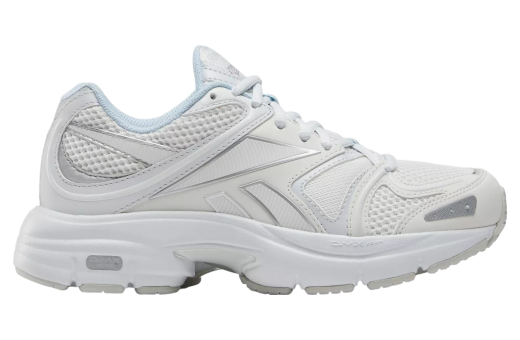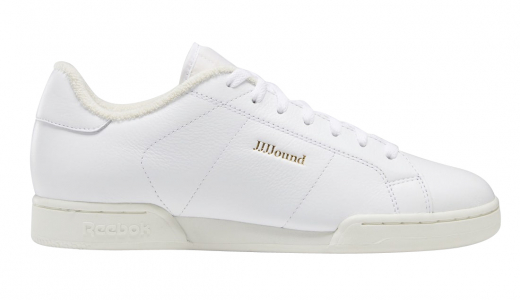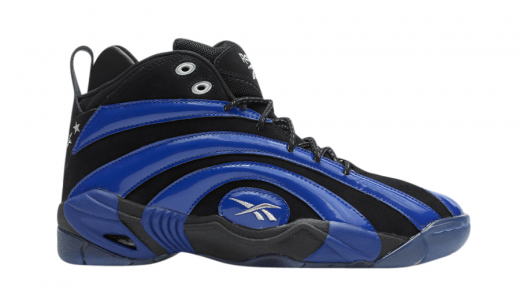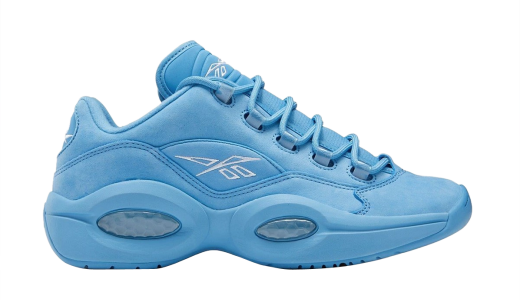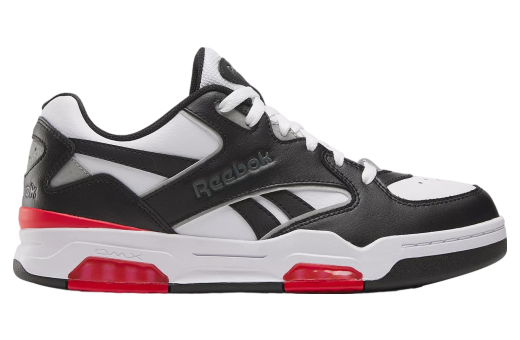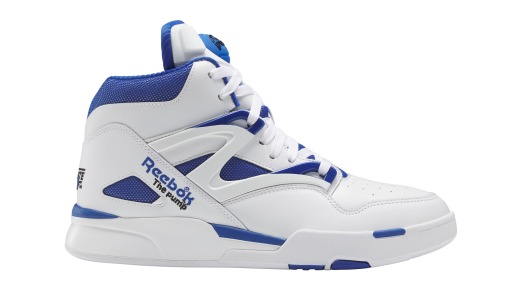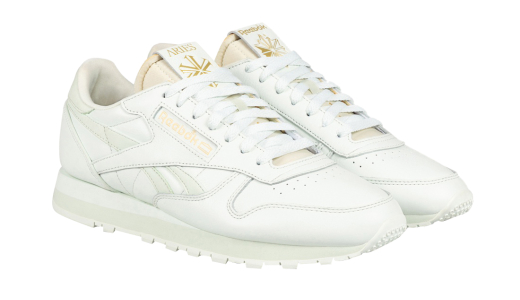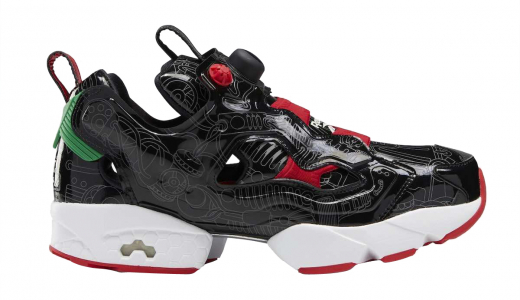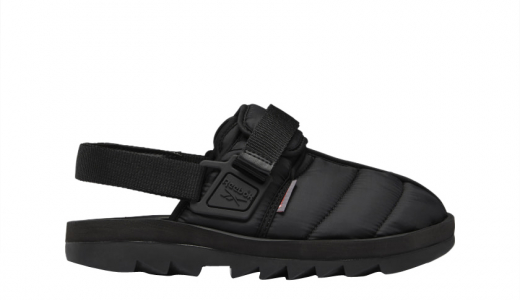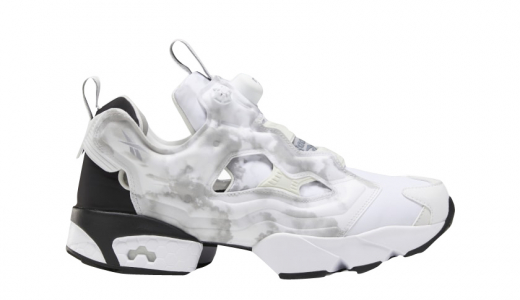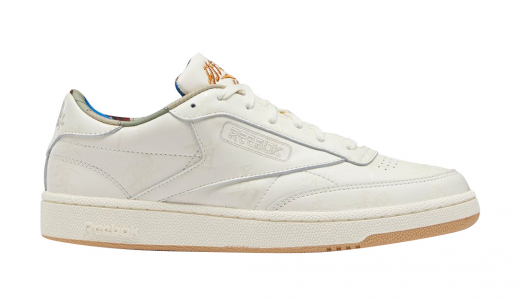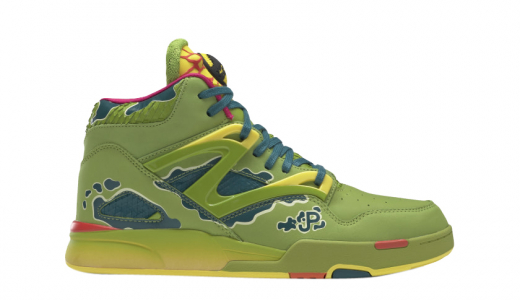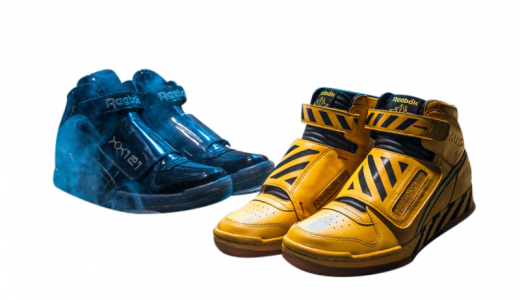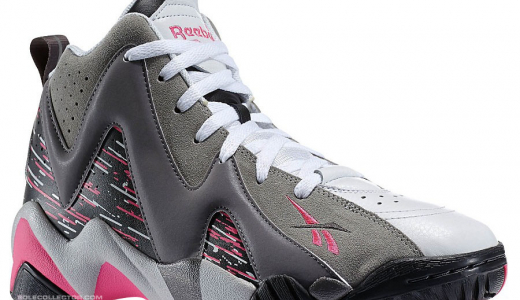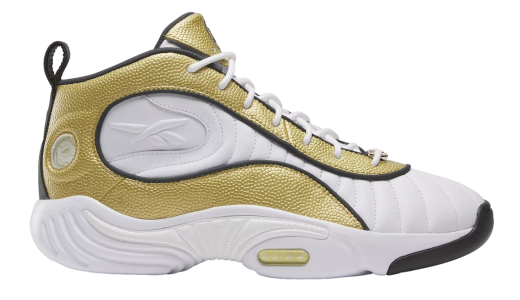Reebok
Reebok is a global athletic footwear and apparel company that has been a significant player in the sports industry for over a century. Founded in Bolton, England, in 1895 by Joseph William Foster and his sons, the company initially gained fame for its spiked running shoes that were popular among athletes. Over the decades, Reebok has expanded its product line to include a wide range of athletic gear, from running and training shoes to sportswear and accessories. The brand's iconic vector logo and emphasis on performance have made it a favorite among fitness enthusiasts, professional athletes, and casual exercisers alike. Reebok's commitment to innovation can be seen in its various technological advancements, such as the introduction of the Reebok Pump in the 1980s, which revolutionized the way athletic shoes fit and functioned.
In recent years, Reebok has undergone several transformations, including a significant acquisition by Adidas in 2005, aimed at bolstering its position in the competitive sportswear market. Despite various challenges and changes in ownership, Reebok has remained resilient and continues to adapt to evolving consumer preferences and market trends. The brand has also embraced social and environmental responsibility, launching initiatives aimed at promoting sustainability and fitness for all. Collaborations with high-profile celebrities and athletes, as well as ventures into the burgeoning athleisure market, have helped Reebok maintain its relevance and appeal to a new generation of consumers. As the company looks to the future, it aims to balance its rich heritage with cutting-edge design and innovation, ensuring it remains a key player in the global athletic industry.
History of Reebok
The History of Reebok: From a Small British Company to a Global Sportswear Giant
Reebok, a name synonymous with athletic performance and innovation, has a storied history that spans over a century. Founded in Bolton, England in the late 19th century, the company has grown from a small, family-run operation into one of the largest and most recognizable names in sportswear today. Throughout its journey, Reebok has pioneered new technologies, ridden the waves of changing fashion trends, and navigated the complex world of corporate mergers and acquisitions. This is the comprehensive history of Reebok, tracing its origins, growth, and impact on the athletic world.
Beginnings: J.W. Foster and Sons
The roots of Reebok can be traced back to 1895, in the industrial town of Bolton, England. Joseph William Foster, a local cobbler, began crafting handmade running shoes with spiked soles to improve traction and running speed. These early innovations were groundbreaking and soon caught the attention of athletes.
In 1900, Joseph W. Foster established J.W. Foster and Sons, transforming his shoe-making hobby into a formal business. By 1904, his sons, James and John, were actively involved in the enterprise. The company gained considerable recognition in 1924 when British athletes wearing Foster’s shoes won several medals at the Paris Olympic Games. This success solidified the brand’s reputation as a maker of high-performance athletic footwear.
The Birth of Reebok
Despite the successes of J.W. Foster and Sons, it wasn't until 1958 that the world would officially meet Reebok. Joseph William Foster’s grandsons, Joe and Jeff Foster, took the reins and sought to modernize and expand the family business. Inspired by a dictionary’s definition of “rhebok,” an African antelope known for its speed and agility, they chose the name Reebok. The new brand represented an evolution from their grandfather’s legacy, combining tradition with a forward-looking approach.
The American Market and the Fitness Boom
Reebok remained a relatively small player until the late 1970s when Paul Fireman, an American sporting goods distributor, discovered the brand at an international trade show. Recognizing its potential, Fireman negotiated the rights to market and distribute Reebok in North America.
Reebok's big break came in the early 1980s with the advent of the aerobics craze. The company developed the Freestyle, the first athletic shoe designed specifically for women and workout enthusiasts. Released in 1982, the Freestyle became an instant hit, riding the wave of the burgeoning fitness phenomenon. The colorful, high-top shoes were as fashionable as they were functional, blending seamlessly into both gym settings and casual attire.
By 1983, Reebok’s sales had skyrocketed to over $13 million, making it the fastest-growing athletic shoe company in the world at the time. The success of the Freestyle shoe not only solidified Reebok’s place in the athletic footwear market but also established it as a significant player in the broader fashion industry.
Technological Innovations and Athletes
Throughout the 1980s, Reebok continued to innovate. In 1989, the company introduced the Reebok Pump, a revolutionary inflatable shoe that allowed wearers to customize the fit for enhanced performance and comfort. Endorsed by basketball stars such as Shaquille O’Neal and Dee Brown, the Pump became an iconic product and helped Reebok gain a stronger foothold in the basketball market.
In the 1990s, Reebok extended its product line to include more sports and performance attire, signing sponsorship deals with notable athletes and teams. During this period, the company collaborated with NFL, MLB, and NBA players, as well as prominent figures in track and field, further ingraining the brand within the sports community. Reebok also became the official outfitter for the National Football League (NFL) in 2001, a deal that significantly boosted its visibility and credibility in the sports industry.
The Adidas Acquisition
As the 21st century dawned, Reebok faced increasing competition from industry behemoths Nike and Adidas. In 2005, the landscape of the sportswear market underwent a significant transformation when Adidas acquired Reebok for approximately $3.8 billion. The merger was designed to create a more formidable competitor to Nike, combining Adidas’s European stronghold with Reebok’s North American prominence.
Despite this, Reebok faced challenges in maintaining its distinct brand identity post-acquisition. The company underwent several restructuring processes, with Adidas seeking to bolster Reebok’s presence in the fitness market rather than compete directly in performance sports like basketball and soccer.
Reebok and CrossFit
One of Reebok’s most strategic moves during the late 2000s and early 2010s was its partnership with CrossFit, an intense fitness regimen that had garnered a significant following. In 2010, Reebok entered into a multi-year deal with CrossFit, becoming the official provider of CrossFit footwear and apparel. This partnership revitalized the brand’s standing in the fitness community and introduced Reebok to a new, dedicated customer base.
The launch of the Reebok Nano, specifically designed for CrossFit, evidenced the company's commitment to creating specialized products for niche markets. The success of the Nano series helped Reebok regain some of its market share and reaffirmed its credibility in the high-performance athletic category.
The brand also launched the “Reebok ONE Series” and opened Reebok-branded fitness and physical training centers, further embedding itself in the burgeoning community of fitness enthusiasts. This move underscored Reebok’s strategy to hone its focus on the fitness sector, diverging from its earlier approach of catering broadly to multiple sports disciplines.
Reebok’s Modern Era
In recent years, Reebok has continued to navigate the complex dynamics of the global sportswear market. The rise of athleisure—a fashion trend where sportswear is worn in non-athletic settings—has provided Reebok with opportunities to leverage its heritage designs in fresh, contemporary contexts. Reebok's "Classic" line, featuring retro styles from its storied past, has enjoyed renewed popularity, appealing to a demographic that values both performance and street-style aesthetics.
Sustainability has also become a significant focus for Reebok. The company has taken measurable steps to reduce its ecological footprint, launching initiatives like the Cotton + Corn collection, which uses sustainable materials. These initiatives align with broader industry trends and consumer demand for environmentally responsible products.
Despite its successes, Reebok’s journey has not been without challenges. In 2021, Adidas announced its intention to sell Reebok as part of a strategic refocus on its core brand. In August 2021, Authentic Brands Group (ABG), a brand development, marketing, and entertainment company, agreed to purchase Reebok for approximately $2.5 billion. This acquisition marked a new chapter for Reebok, raising questions about the brand's future direction under ABG’s stewardship.
Cultural Impact and Legacy
Reebok's impact extends far beyond the realm of athletic performance. The brand has played a significant role in shaping sports culture, street fashion, and fitness lifestyles. Reebok has collaborated with numerous cultural icons, from music artists to fashion designers, creating limited-edition releases and special collections that resonate with a diverse range of consumers.
A notable example is the partnership with hip-hop artist and producer Swizz Beatz, who joined Reebok as a creative director in 2011. Swizz Beatz's influence helped inject a sense of cultural relevance into the brand, positioning Reebok at the intersection of sports, music, and fashion.
Reebok's collaborations with fashion designers such as Victoria Beckham and streetwear brands like Palace have further solidified its place in the contemporary cultural landscape. These partnerships have produced highly sought-after collections that blend athletic performance with high fashion, appealing to a broader, more style-conscious audience.
In addition to fashion and music, Reebok has also been an active player in social issues, advocating for various causes and partnering with organizations that align with its values. This commitment to social responsibility has helped Reebok maintain its relevance and connect with consumers who prioritize brand ethics and values.
Conclusion
From its humble beginnings in Bolton to its status as a global sportswear giant, Reebok's history is a testament to innovation, resilience, and adaptability. The company has continually evolved, breaking new ground in athletic performance and fashion while navigating the challenges of a dynamic market.
Reebok's journey is marked by significant milestones: the pioneering efforts of J.W. Foster in the early 20th century, the aerobics boom of the 1980s, technological innovations like the Reebok Pump, strategic partnerships with fitness movements like CrossFit, and its acquisition by major industry players like Adidas and ABG.
As Reebok moves forward under the ownership of Authentic Brands Group, its legacy of performance, style, and cultural impact endures. The brand's ability to adapt to changing trends, embrace new opportunities, and stay connected to its roots ensures that Reebok will continue to be a major player in the athletic and fashion industries for years to come.
Concluding Remarks
Reebok’s history is a narrative of transformation and growth, driven by an unwavering commitment to innovation and performance. It is a brand that has excelled by not only responding to but also anticipating changes in the market and society. Reebok’s future, guided by its rich heritage and new strategic directions, promises to be as dynamic and impactful as its past.

